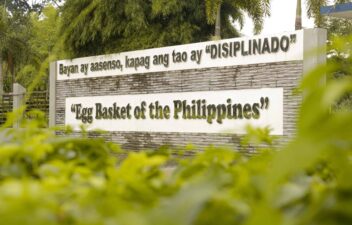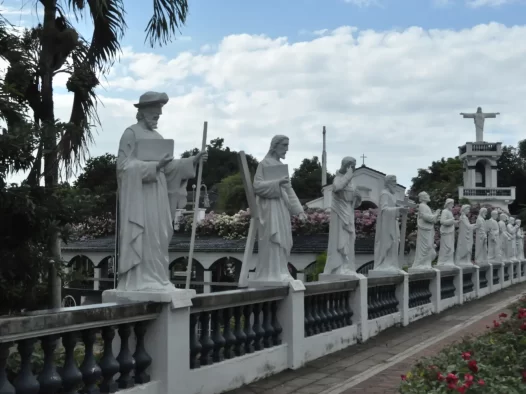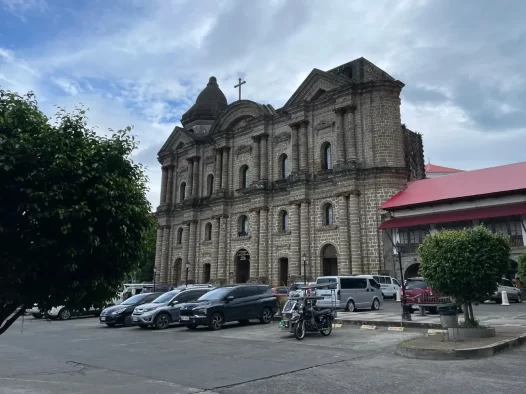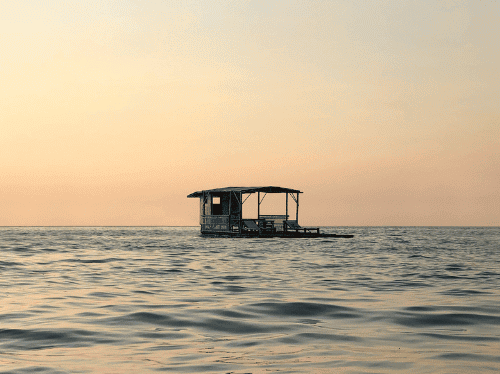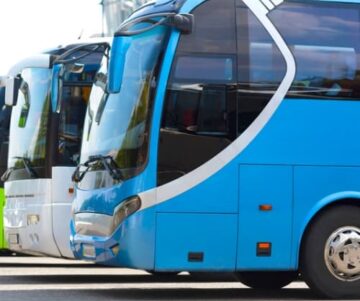San Jose
San Jose, a municipality in the Province of Batangas, is situated at coordinates 13°52’38″N 121°06’18″E. It is approximately 85 km away from Metro Manila and 13 km from the Port of Batangas. The town occupies a strategic location between two cities and three municipalities, with Lipa City to the north, Batangas City to the south, Ibaan to the east, Cuenca to the west, and San Pascual to the southwest. San Jose is accessible via the existing STAR Tollway, with exit/entry points in Lipa City and Ibaan. It covers a total land area of 5,954.3 hectares, accounting for 1.88% of the province’s overall land area of 316,518 hectares.
San Jose consists of thirty-three barangays, with the urban barangay encompassing a combined area of 115.5361 hectares, representing 9.94% of the municipality’s total area. These urban barangays include Poblacion, 1, 2, 3, 4, and Taysan. The remaining twenty-eight barangays are considered rural, comprising 5,838.7639 hectares or 98.06% of the municipality’s land area.
History and Heritage
Once a wilderness teeming with wild animals and flora, the area now known as San Jose was initially inhabited by the Aetas. They began clearing parts of the wilderness, particularly near the rivers. Eventually, other groups of settlers displaced the Aetas, driving them to the hinterlands and permanently occupying the region. They named it “Malaking Tubig,” referring to the significant river that ran through their settlement.
With the arrival of the Spaniards and their colonization of the Philippines, the nearby town of Bauan was established in 1596 as an ecclesiastical unit under the administration of the Order of Saint Augustine, with “Malaking Tubig” as one of its barrios under its jurisdiction.
The population of Malaking Tubig began to grow in 1754 when the eruption of Taal Volcano destroyed the original Bauan. Before a new site for Bauan could be selected, Malaking Tubig separated from it. The recognized leaders of Malaking Tubig petitioned the Spanish authorities for the creation of their own town, which was granted on April 26, 1765.
Two years later, Malaking Tubig became a pueblo, and Ignacio de los Santos, also known as Ignacio Ona, became the Gobernadorcillo. The inaugural jurisdiction included the present administrative units of the Poblacion and the barrios of Labac, Dita, Ibabao, Dalipit, and Makulot. Later on, the six barrios were separated and granted town status through a petition approved on March 13, 1877, becoming the new town of Cuenca.
Climate
The rainy season starts in June and ends in November. When December comes, the people experienced a very cool dawn. The summer season on the month of March to the end of May.
If you prefer a hassle-free trip, you can rent a car or hire a private vehicle for more convenience and flexibility. Public transportation, such as buses and jeepneys, is also available and can be a more budget-friendly option.
Batangas: Where history, beauty, and resilience converge, creating a tapestry of captivating stories and unforgettable moments.
Eggstravaganza Festival
San Jose, Batangas, annually hosts the Eggstravaganza on the first Friday of October, a lively and festive celebration centered around eggs. This event serves as a vibrant platform to highlight the remarkable creativity and artistic talents of the locals while also promoting the thriving egg industry in the municipality. Alongside a variety of egg-themed activities, the Eggstravaganza offers an array of entertainment options, featuring captivating live performances, engaging cultural shows, and enticing local food stalls where visitors can savor delicious egg-based delicacies. The Eggstravaganza is a delightful event that showcases the rich culture of San Jose and provides an enjoyable experience for both residents and tourists.
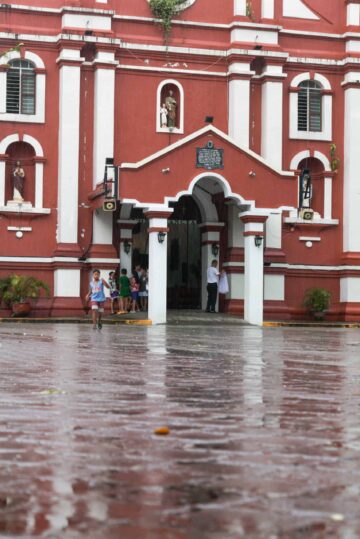
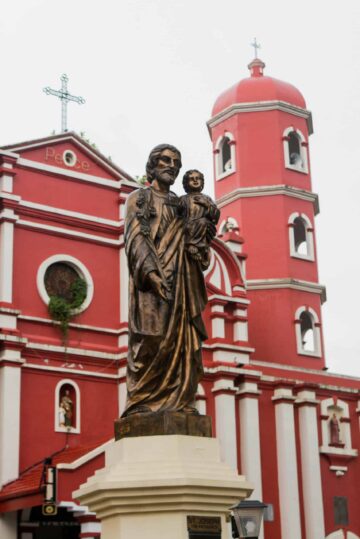

Local Attractions
Batangas in the Philippines offers a range of local attractions that cater to various interests. These are just a few of the attractions you can explore in Batangas. Whether you’re interested in history, nature, or relaxation, the city offers something for everyone.
Getting Around

Jeepneys
Jeepneys are a staple mode of public transportation in the Philippines. They are colorful, elongated jeeps that can carry multiple passengers. Jeepneys follow specific routes and have fixed fares.
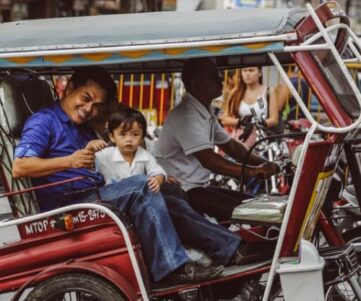
Tricycles
These motorized vehicles consist of a motorcycle with a sidecar, which can accommodate around 3 to 4 passengers. Tricycles are commonly used for short trips within the city, and fares are usually negotiable.
